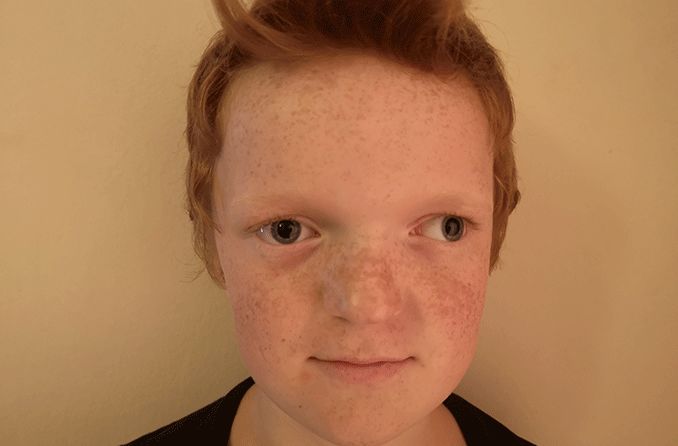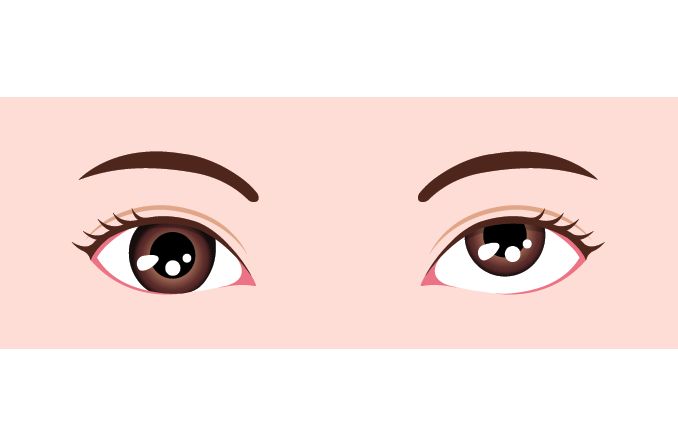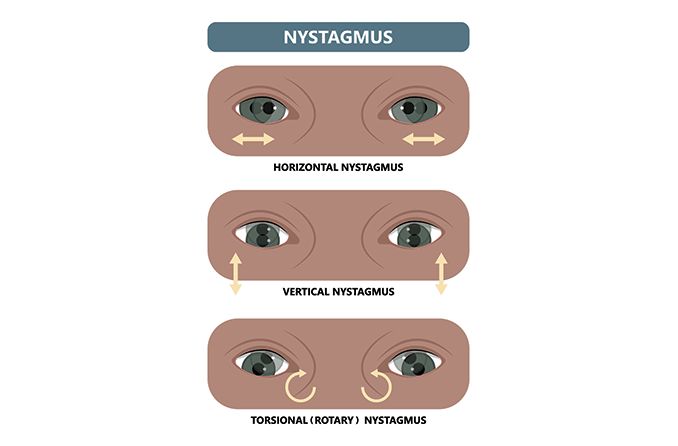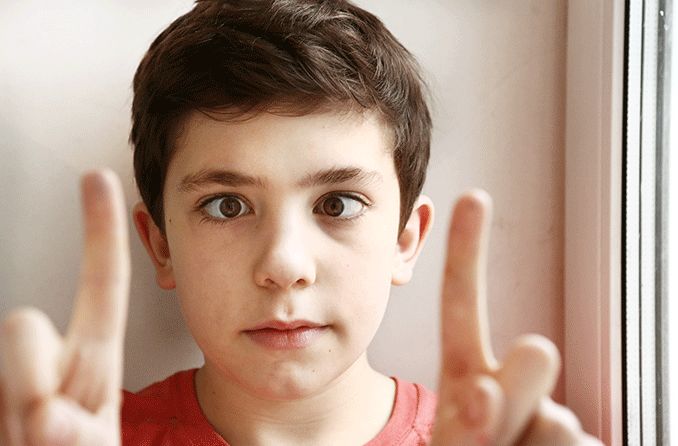What is pseudostrabismus?
Pseudostrabismus occurs when the eyes appear to be crossed but actually are not. The term pseudostrabismus comes from the words pseudo, meaning “false,” and strabismus. Strabismus is a condition in which one eye will wander while the stronger eye focuses straight ahead.
Pseudostrabismus is no cause for concern and should resolve on its own. However, strabismus should be examined and corrected by an eye doctor.
What are the symptoms of pseudostrabismus?
The main symptom of pseudostrabismus is having one or both eyes that may appear to be crossed at times. However, the eyes are actually straight.
Pseudostrabismus is very common in babies. This is because babies usually have a wide, flat nose bridge. They also have folds in the eyelid skin, called epicanthal folds, near the inner corner of each eye. These temporary features can create the optical illusion that the eyes are crossed.
Other reasons a child may have pseudostrabismus include:
Having different colored eyes (heterochromia).
Having uneven or asymmetrical eyelids.
Having a very wide or very narrow distance between the eyes.
The appearance of pseudostrabismus is often more noticeable in pictures and when the child is looking to the side. As the baby gets older and their facial features develop more, they will usually grow out of pseudostrabismus.
SEE RELATED: Baby vision: What you need to know about your newborn’s eyes
Pseudostrabismus vs. strabismus
It’s important to understand the difference between pseudostrabismus and true strabismus. This is because true strabismus can damage a child’s vision, whereas pseudostrabismus is harmless.
There are many different types of strabismus. The types that involve which direction the “bad” eye drifts include:
Esotropia (eye turns inward)
Exotropia (eye turns outward)
Hypertropia (eye turns upward)
Hypotropia (eye turns downward)
When one of the eyes drifts out of focus, it can cause blurred or double vision. In an attempt to avoid this, the brain will ignore the visual input from the “bad” eye. If left untreated in children under 10 years old, strabismus can progress into amblyopia (lazy eye) and permanently affect vision.
Unlike strabismus, pseudostrabismus has no effect on vision. This is because the eyes are actually straight.
Another important difference is that children can grow out of pseudostrabismus, but they usually will not grow out of true strabismus. And, more importantly, they will not regain vision that is lost from amblyopia. It’s important to have an eye doctor examine their eyes if you believe they have true strabismus.
Children with Down syndrome may also not outgrow pseudostrabismus. This is due to the persistence of the wide, flat nose bridge and epicanthal folds commonly associated with this condition.
How to tell if my child has pseudostrabismus
The best way to tell whether your child has true strabismus or pseudostrabismus is by taking their picture.
Have the child face head-on and look directly at the camera. Take their picture using flash.
The light from the flash should reflect near the center of the iris (colored part) in both eyes. If this is the case for your child, they likely have pseudostrabismus.
If light is present in the center of one iris but the outer edge of the other, they may have true strabismus and should see an eye doctor.
To ensure your child’s vision is at its best, you should have their eyes examined by an eye doctor beginning at six months old.
SEE RELATED: Eye discharge in newborns, babies and toddlers: Causes and treatment
Does pseudostrabismus ever need to be treated?
No, pseudostrabismus does not need treatment and will usually resolve as the child grows. When pseudostrabismus is caused by epicanthal folds, the folds can eventually be removed with cosmetic surgery.
However, true strabismus does need treatment. Depending on the cause of the strabismus, treatments include strabismus surgery, prescription glasses, prisms or eye exercises.
When does pseudostrabismus go away?
Babies can have pseudostrabismus from the time they are born, and it is usually apparent until 18 months of age. After this point, the appearance of crossed eyes should improve.
If you find your child’s crossed eyes do not improve as they grow, you need to take them to a pediatric eye doctor. They will be able to assess your baby’s vision and ensure that everything is working properly.
READ MORE: Baby’s first eye exam: What to expect









